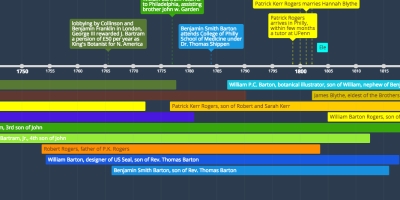29 oct. 1845 - Joule publishes Mechanical Equivalent of Heat
Description:
In the history of science, the mechanical equivalent of heat states that motion and heat are mutually interchangeable and that in every case, a given amount of work would generate the same amount of heat, provided the work done is totally converted to heat energy. The mechanical equivalent of heat was a concept that had an important part in the development and acceptance of the conservation of energy and the establishment of the science of thermodynamics in the 19th century.
https://en.wikipedia.org/wiki/Mechanical_equivalent_of_heat
The experiment (Benjamin Thompson) inspired the work of James Prescott Joule in the 1840s. Joule's more exact measurements on equivalence were pivotal in establishing the kinetic theory at the expense of the caloric theory. The idea that heat and work are equivalent was also proposed by Julius Robert von Mayer in 1842 in the leading German physics journal and independently by James Prescott Joule in 1843, in the leading British physics journal.
In 1845, Joule published a paper entitled "The Mechanical Equivalent of Heat", in which he specified a numerical value for the amount of mechanical work required to produce a unit of heat. In particular Joule had experimented on the amount of mechanical work generated by friction needed to raise the temperature of a pound of water by one degree Fahrenheit and found a consistent value of 778.24 foot pound force (4.1550 J·cal−1). Joule contended that motion and heat were mutually interchangeable and that, in every case, a given amount of work would generate the same amount of heat.
Ajouté au bande de temps:

Bartram Barton
Date:
